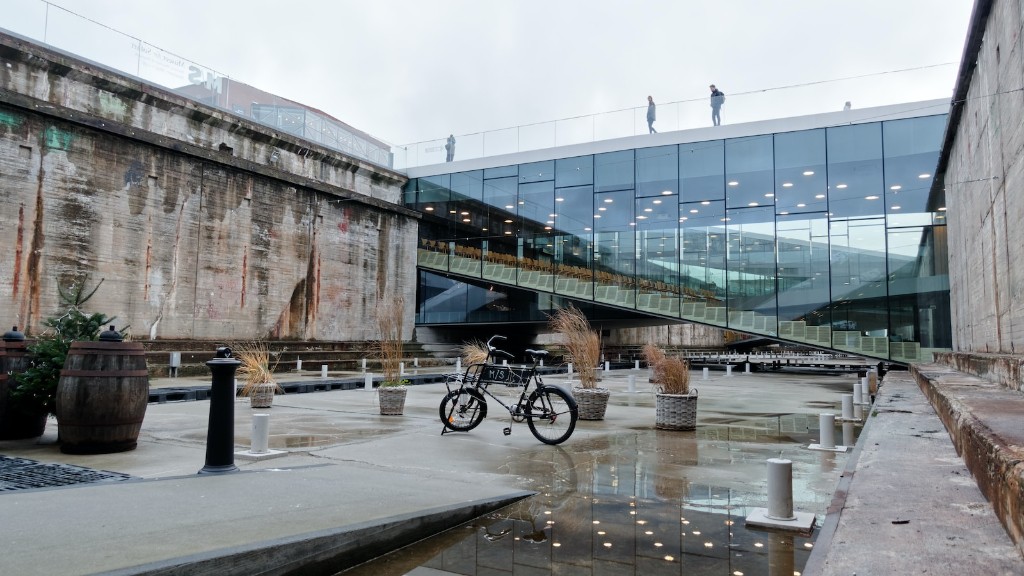Postcode in Denmark
Postcode systems are an essential part of any country’s infrastructure, providing a systematic way to organize and deliver mail efficiently. In Denmark, the postcode system plays a crucial role in ensuring the smooth operation of the postal services across the country. Let’s explore the background, relevant data, perspectives, and insights into the Danish postcode system.
Background
The Danish postcode system was introduced in 1967 with the aim of improving mail delivery and facilitating efficient transportation networks. Developed by the Danish Postal Service, it divides the entire country into a series of geographical regions, each assigned a unique postcode. The system is primarily based on administrative boundaries, ensuring that each postcode covers a specific geographic area.
Denmark’s postcode system consists of four digits, making it relatively compact compared to some other countries. The first digit denotes one of ten regional zones, while the subsequent digits narrow down the location to a particular city, district, or even a specific street. This granularity allows for precision in mail sorting and efficient routing for postal delivery.
Relevant Data
As of the latest data, Denmark has approximately 2,000 unique postcodes covering its entire territory. Each postcode corresponds to a specific area, ranging from small villages to densely populated urban neighborhoods. With an average population density of around 135 people per square kilometer, the Danish postcode system caters to a diverse range of residential and commercial areas.
Along with ensuring efficient mail delivery, the postcode system also aids in various statistical and administrative purposes. Researchers, government agencies, and businesses utilize postcode data for demographic analysis, transportation planning, market research, and resource allocation. The well-structured postcode system enhances the accuracy and reliability of such analyses, leading to informed decision-making processes.
Perspectives from Experts
In the expert opinion of postal service professionals, the Danish postcode system has significantly improved mail delivery efficiency. By providing a standardized addressing format, it minimizes errors and reduces the chances of misdirected mail. Additionally, the postcode system allows for effective delivery routing optimization, leading to faster and more reliable postal services.
Experts also emphasize the importance of continuous updates and maintenance of the postcode system. As cities expand, new developments arise, and urban landscapes evolve, it becomes necessary to revise and expand postcodes accordingly. This ongoing process ensures that the system remains up-to-date and adaptable to changing demographics and urbanization trends.
Insights and Analysis
The Danish postcode system is more than just a tool for mail delivery; it reflects the country’s commitment to efficient infrastructure and effective administration. By encompassing the entire nation and categorizing regions into specific postcodes, it enables detailed tracking of demographics, economic trends, and resource allocation.
From an economic standpoint, the postcode system supports businesses and e-commerce by providing accurate and reliable addressing mechanisms. It enhances logistics and supply chain operations, contributing to streamlined distribution networks and customer satisfaction. Additionally, it facilitates location-based analysis and personalized marketing strategies for businesses, further enhancing their competitiveness.
The Danish postcode system also plays a vital role in emergency services and disaster management. Precisely defined postcodes enable quick response times, ensuring that help reaches those in need promptly. In times of crisis, this efficiently organized system allows for effective coordination among emergency personnel and authorities.


